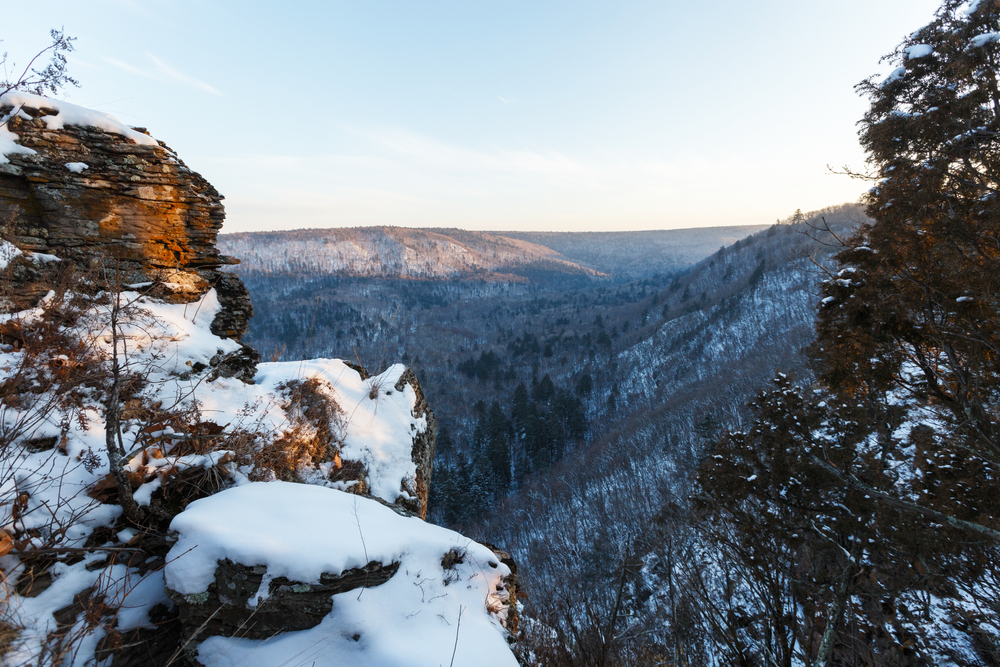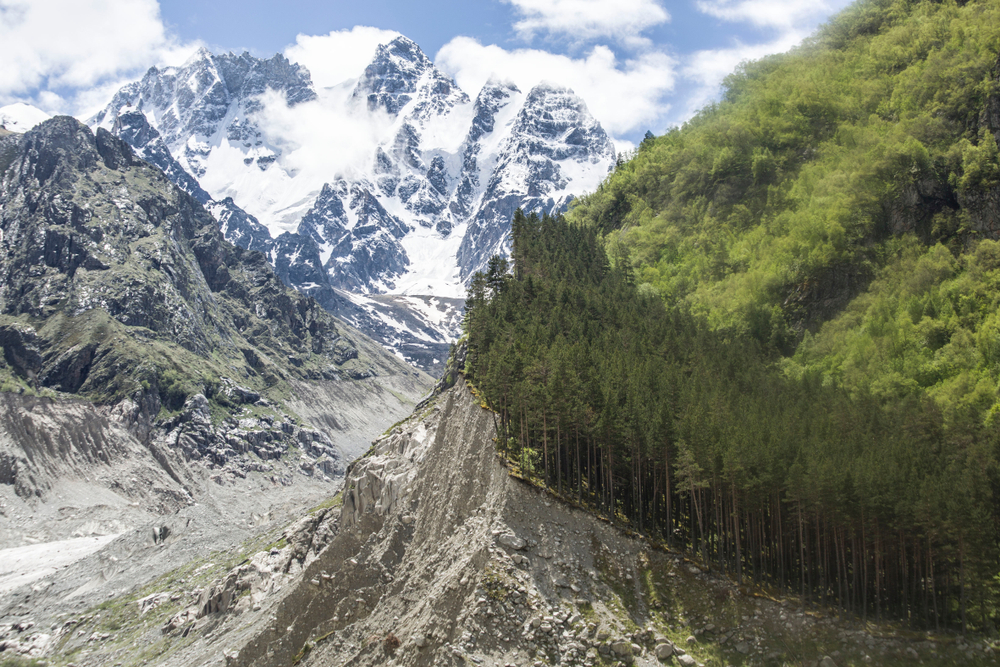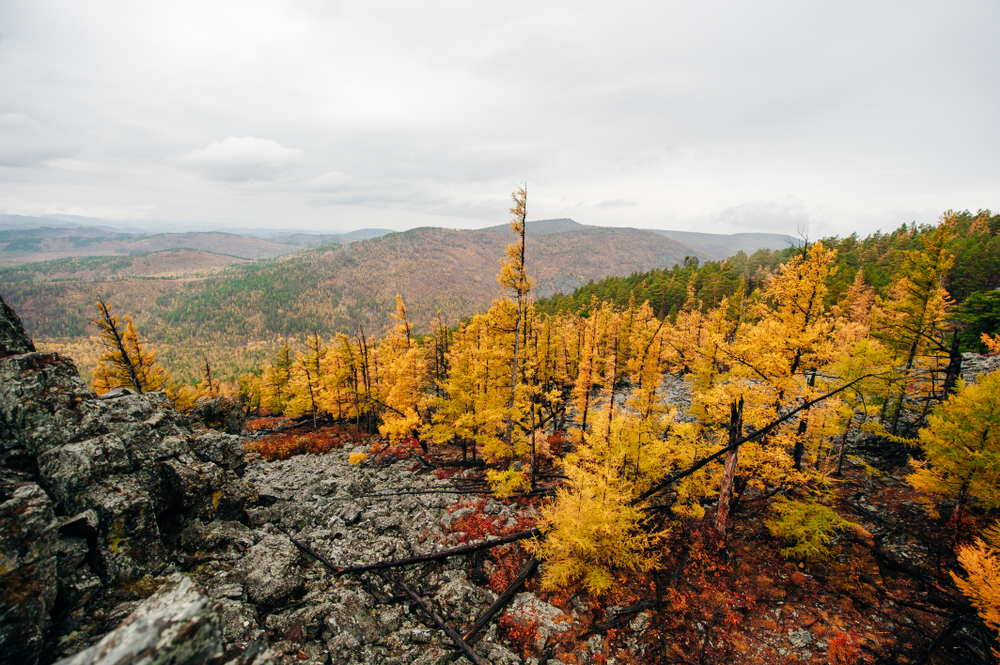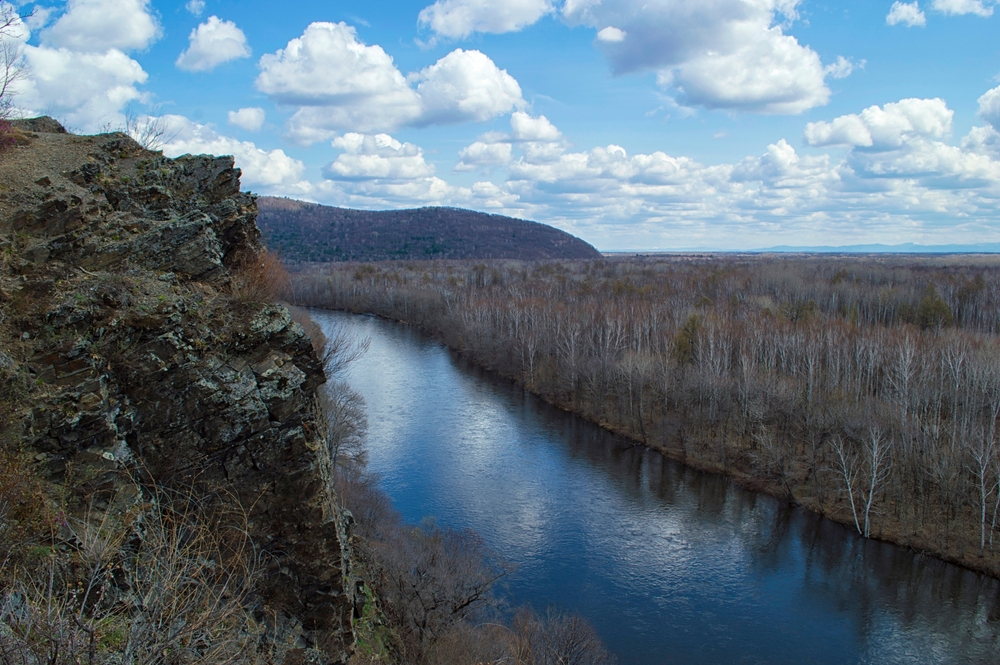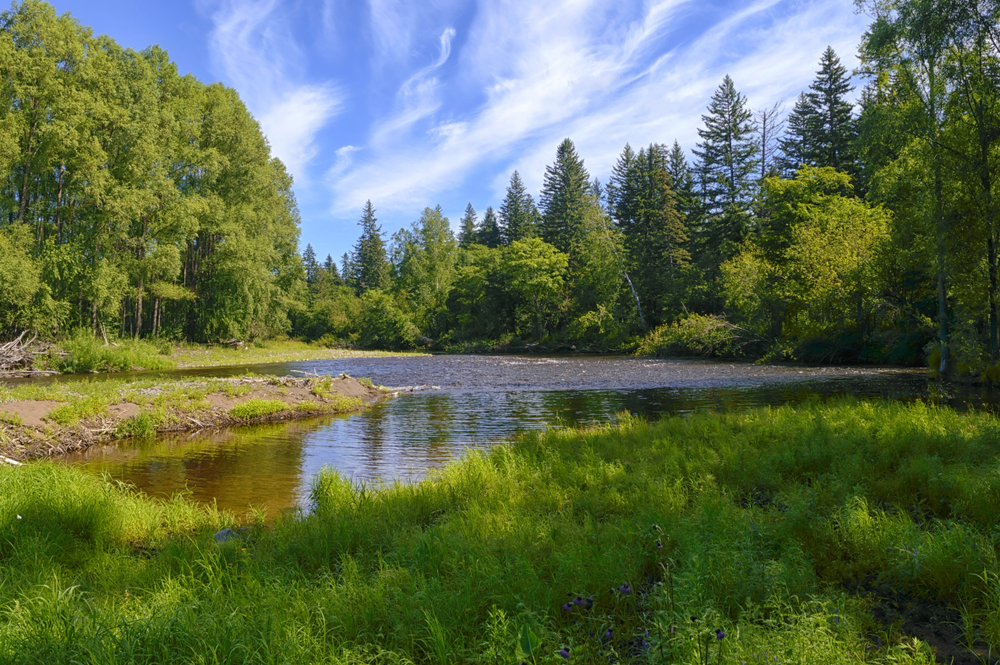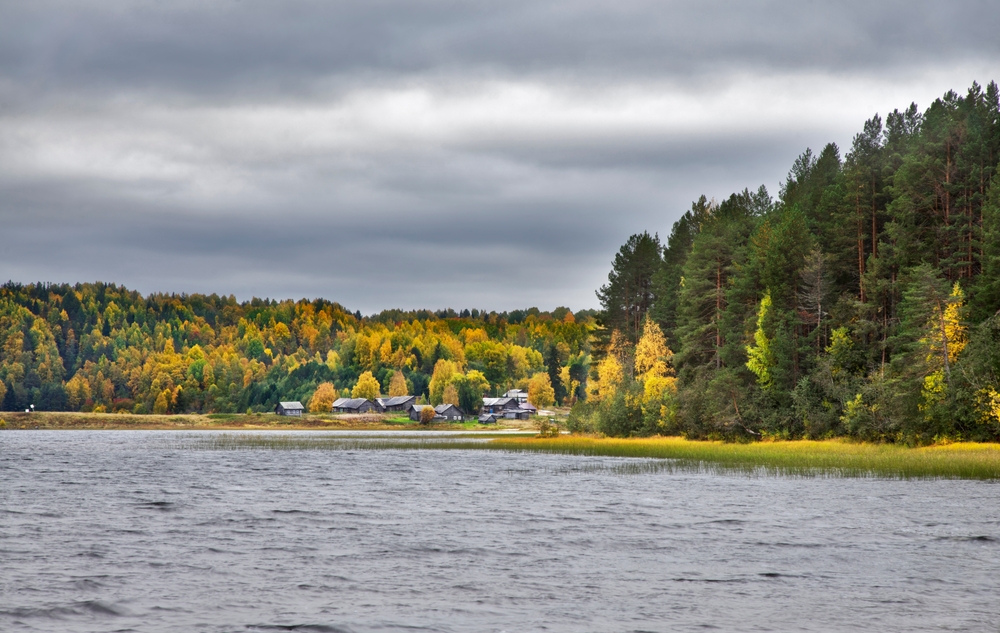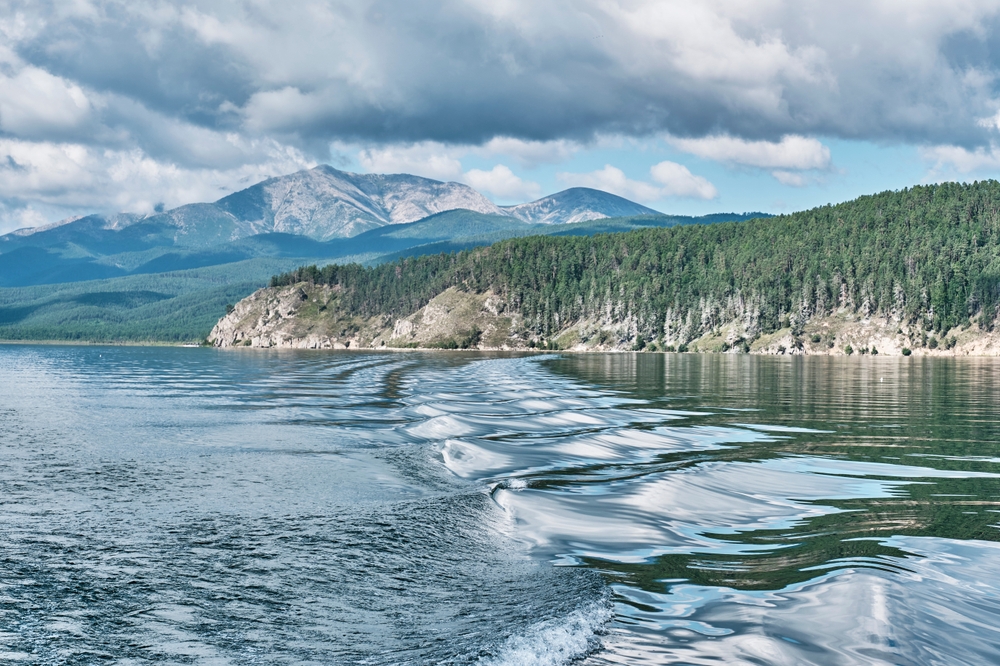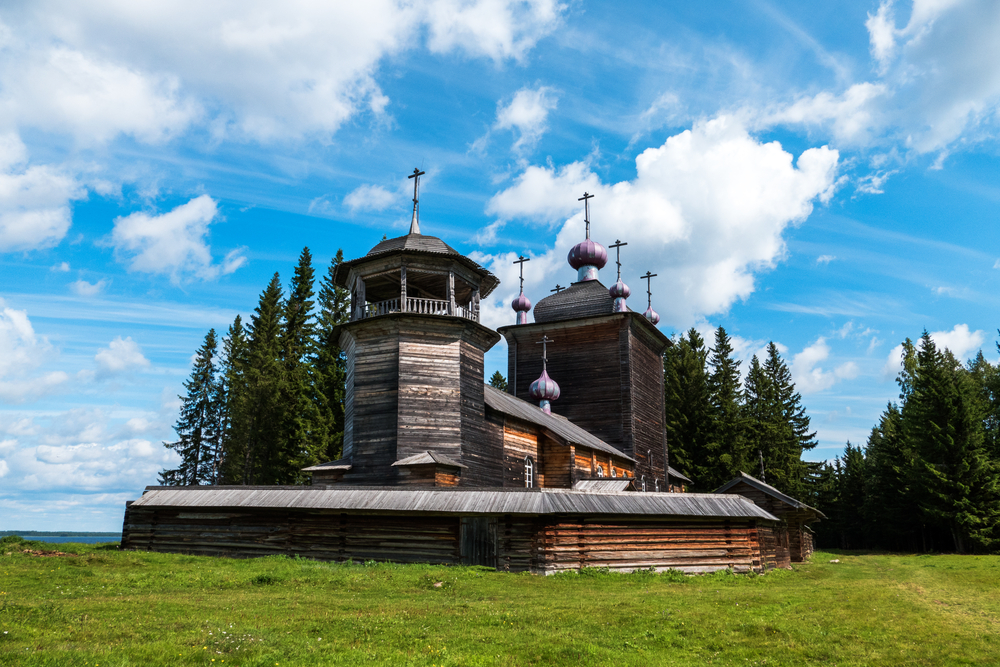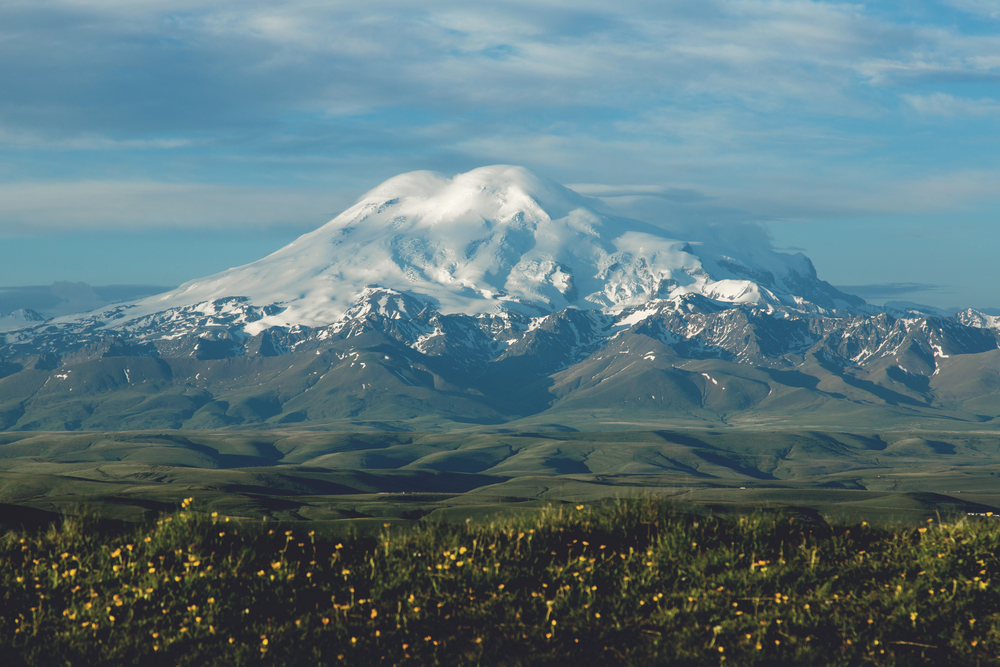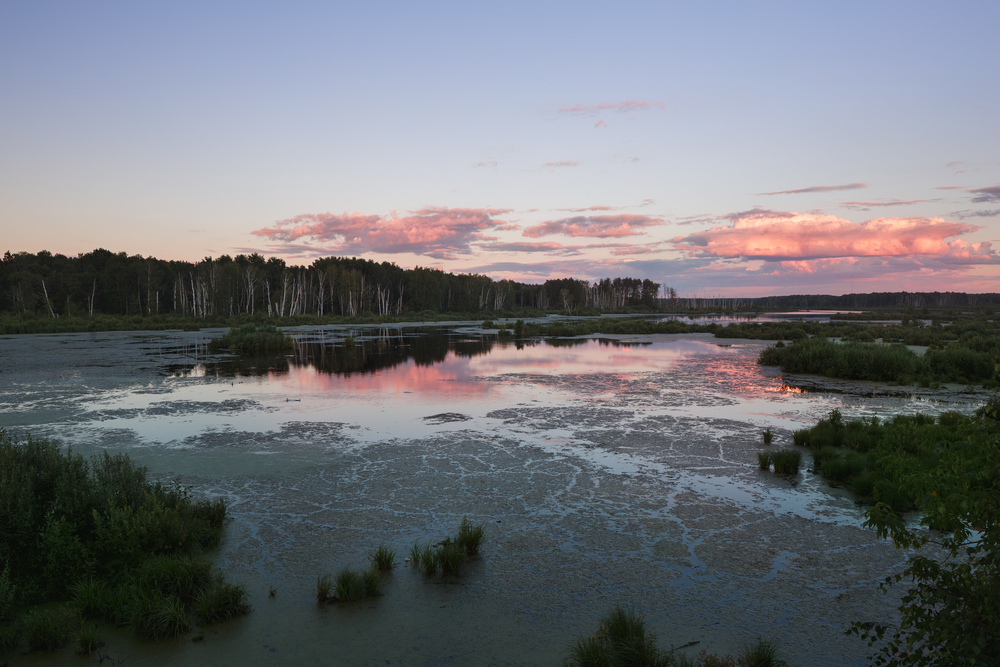Land of the Leopard Overview
Land of the Leopard National Park, locally known as Национальный парк «Земля леопарда», is a vast protected area in the Russian Far East. Spanning approximately 1,081 square miles (2,799 square kilometers), it is situated in Primorsky Krai near the borders of China and North Korea.
The park was established in 2012 with the primary goal of protecting the critically endangered Amur leopard, one of the rarest big cats in the world. This vast and ecologically significant region serves as a crucial sanctuary for a diverse range of wildlife while preserving the natural landscapes of the region.
The park’s terrain is a combination of rolling hills, river valleys, and dense forests that provide a perfect environment for its inhabitants. As part of the Manchurian mixed forests ecoregion, the park is home to a rich variety of flora, including Korean pine, Mongolian oak, maple, and linden trees.
The dense vegetation offers essential cover and resources for both predators and prey, maintaining a delicate ecological balance. The hills and mountains scattered across the park create dramatic scenery, while the many small rivers and streams provide an essential water source for the wildlife.
Wildlife enthusiasts visiting the park can encounter a remarkable array of species. The most famous inhabitant is the elusive Amur leopard, whose numbers have been steadily increasing due to the park’s conservation efforts. The park is also home to the Siberian tiger, another apex predator that roams the region.
Other notable mammals include the Eurasian lynx, brown bear, and Himalayan black bear. The diverse ecosystem also supports ungulates such as the Siberian roe deer and wild boar, which serve as prey for the region’s big cats. The park’s skies are filled with bird species, including raptors like the black vulture, which can be seen soaring above the forests.
Visitors are drawn to several popular features within the park. One of the main attractions is the “Leopard’s Lair” trail, which offers an immersive journey into the habitat of the Amur leopard. This trail allows visitors to explore the landscapes that these rare cats call home, with a chance to see tracks or other signs of their presence.
Another highlight is the Barbashevskaya cave on Mount Skalistaya, a natural formation used as a shelter by wildlife. These areas provide a glimpse into the wild and untamed beauty of the region while offering insight into the lives of its remarkable inhabitants.
The park offers several ways for visitors to engage with and experience its wonders. Guided tours are available, allowing participants to explore the wilderness with experts who share knowledge about the region’s ecosystems and conservation efforts.
Wildlife observation hides provide opportunities to view animals in their natural habitats without disturbing them. Educational programs at the visitor center in the village of Barabash help raise awareness about the importance of conservation while providing interactive experiences for visitors of all ages.
Since its creation, the park has achieved significant conservation successes. The Amur leopard population has grown from about 30 individuals in 2012 to more than 80 in recent years, thanks to anti-poaching measures, habitat restoration, and intensive monitoring programs.
These efforts have helped stabilize and grow the population of one of the world’s most endangered cats. Despite these achievements, challenges remain, including managing human-wildlife conflicts and ensuring that tourism remains sustainable. Continued efforts are necessary to protect the fragile balance of this ecosystem while allowing people to appreciate its unique beauty.








































































